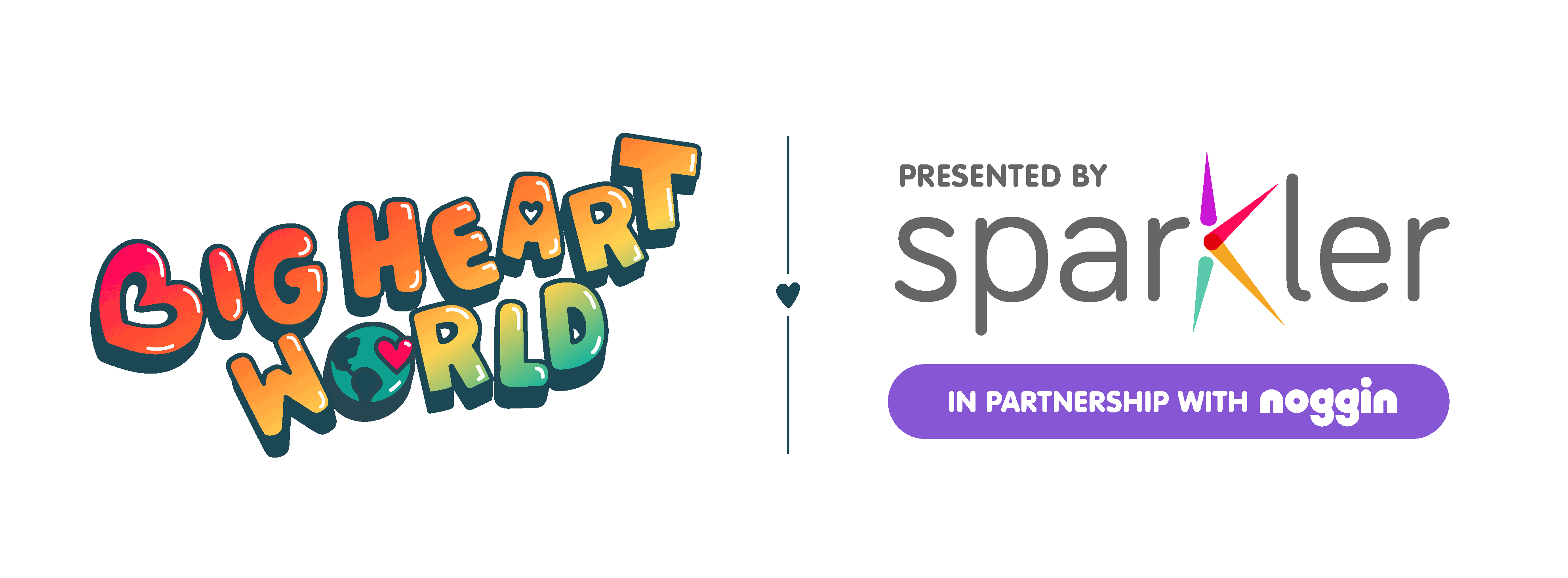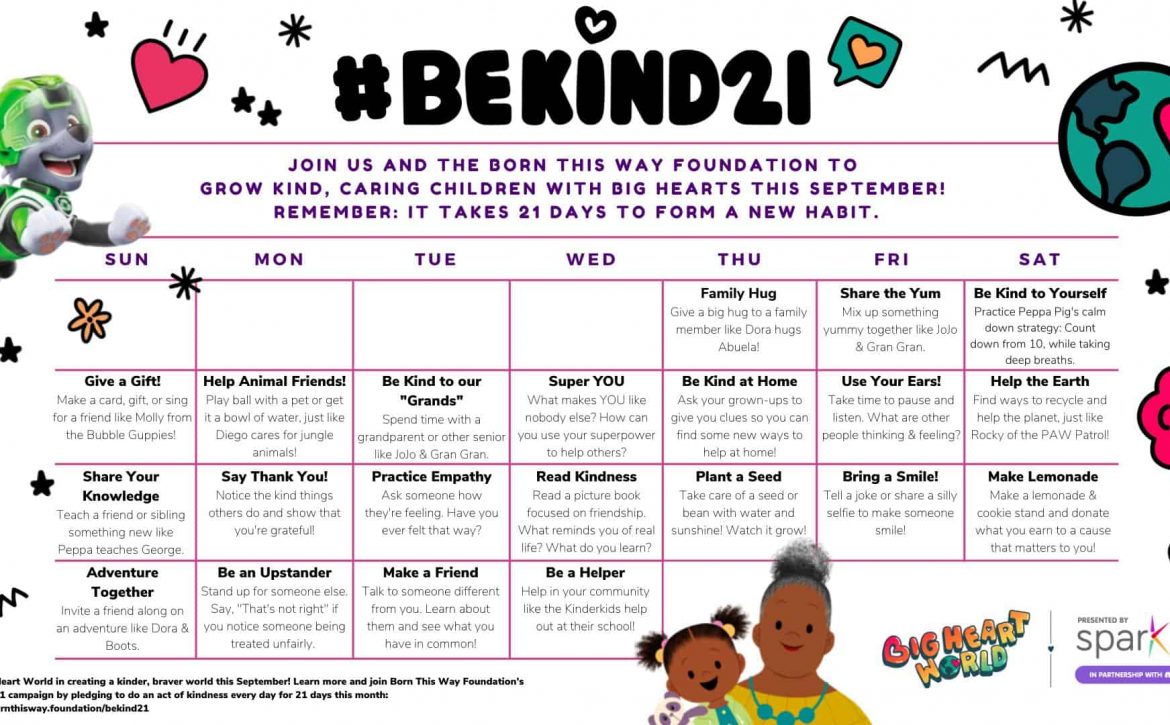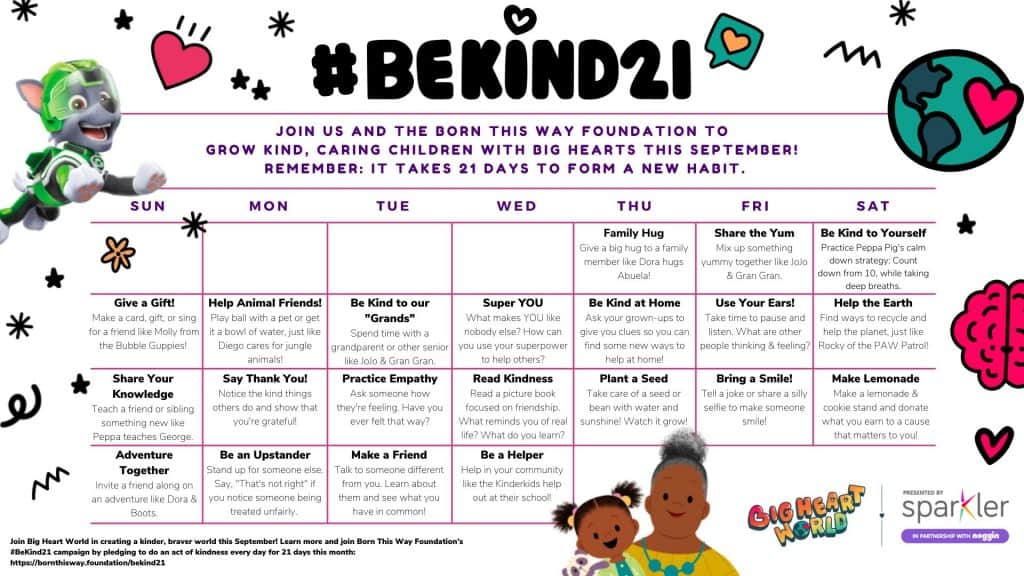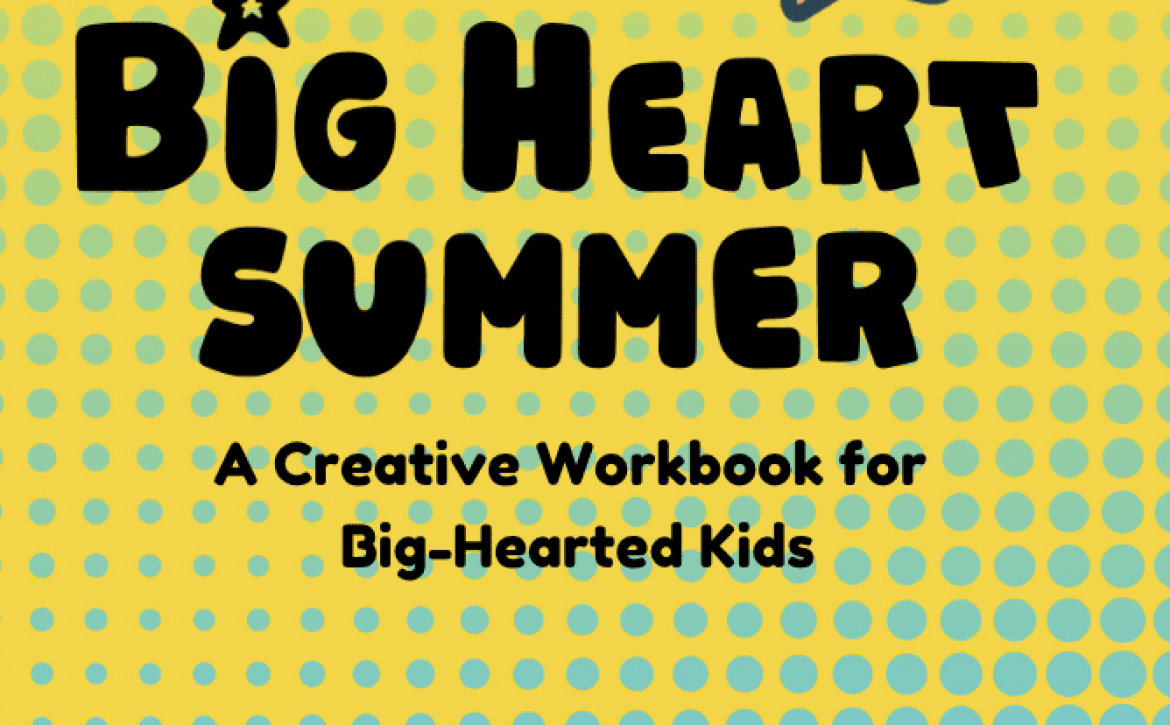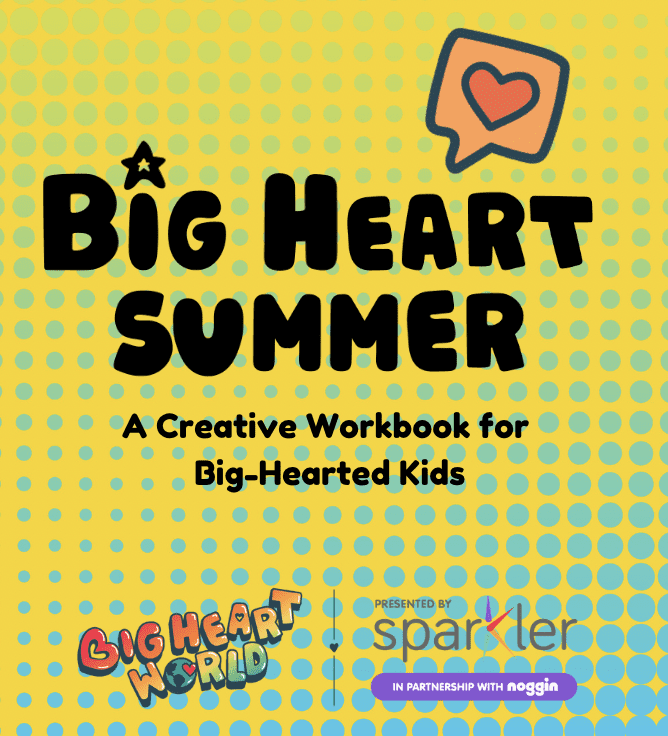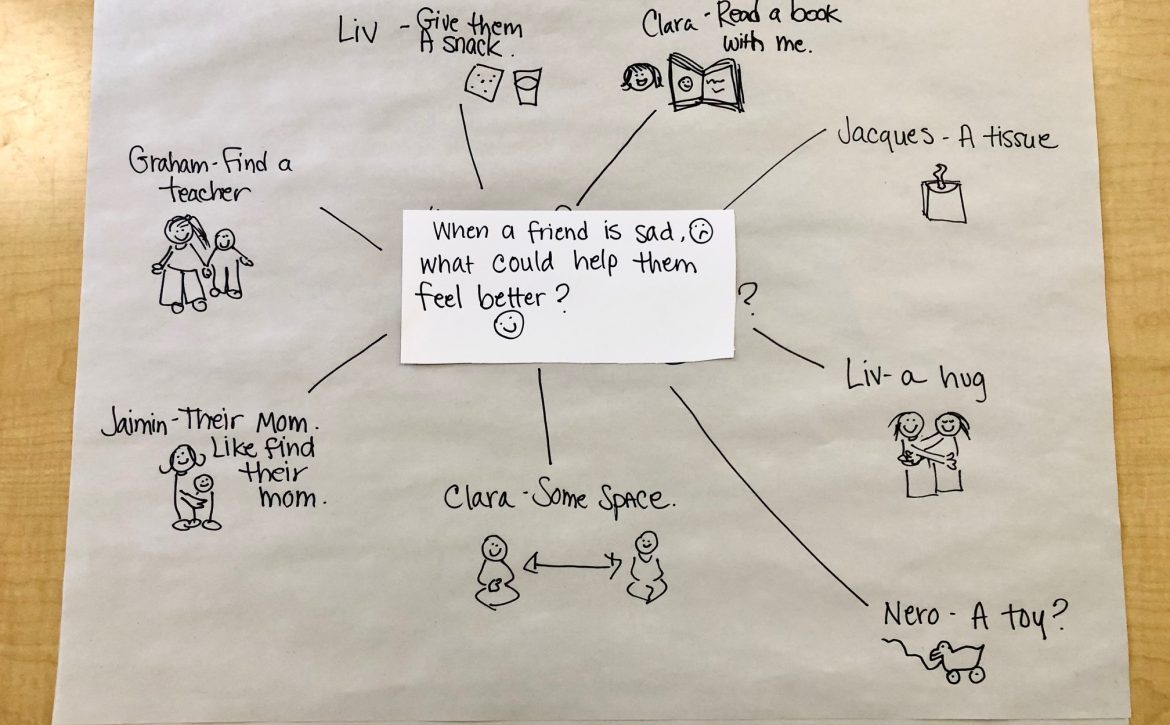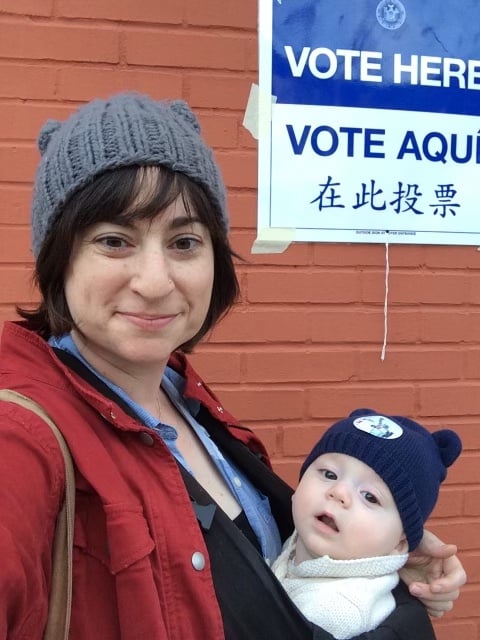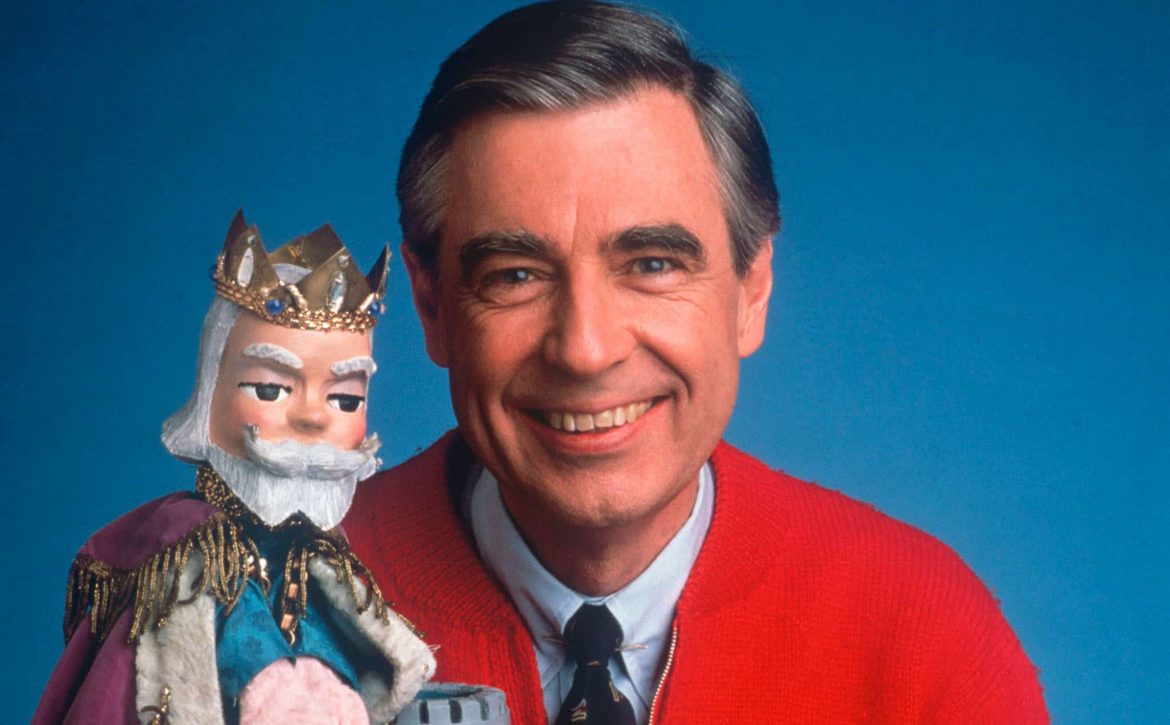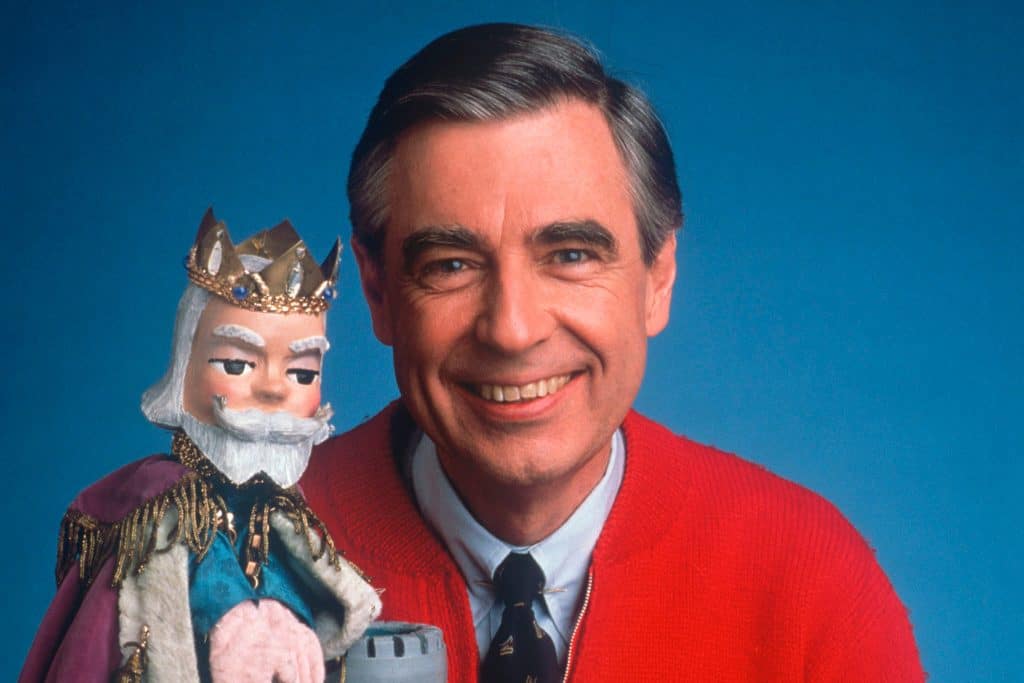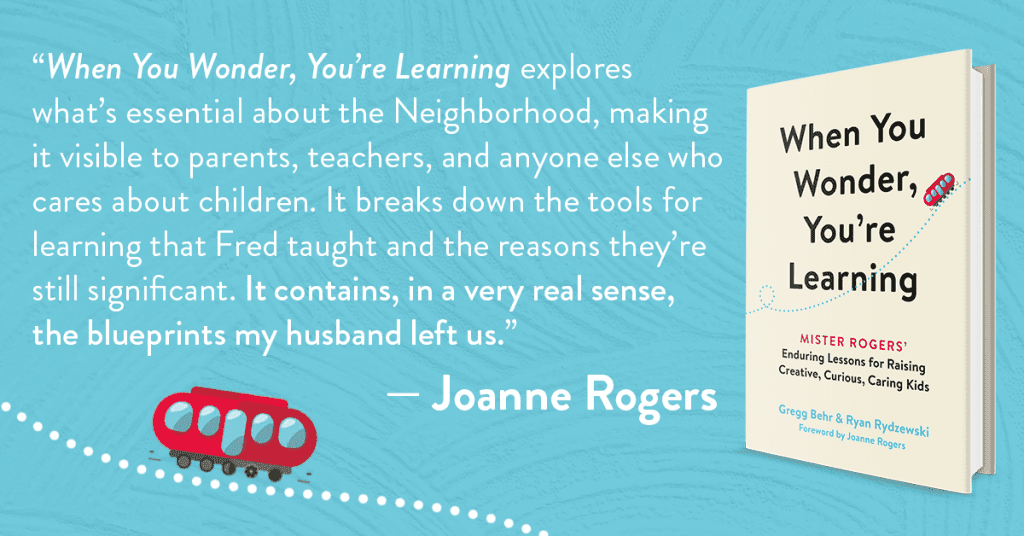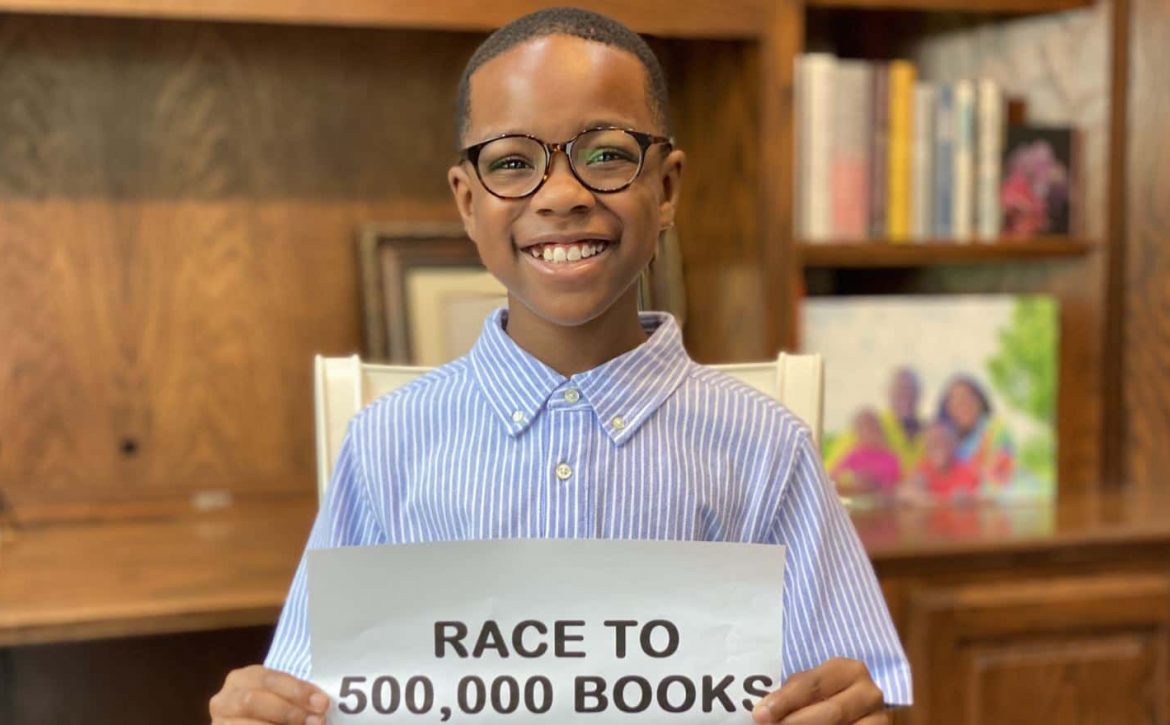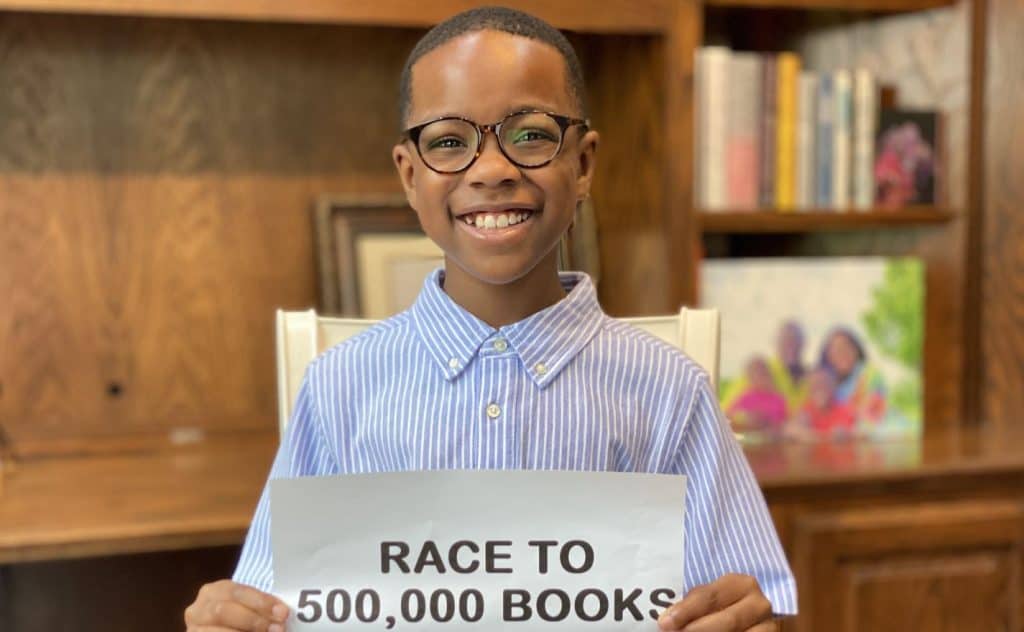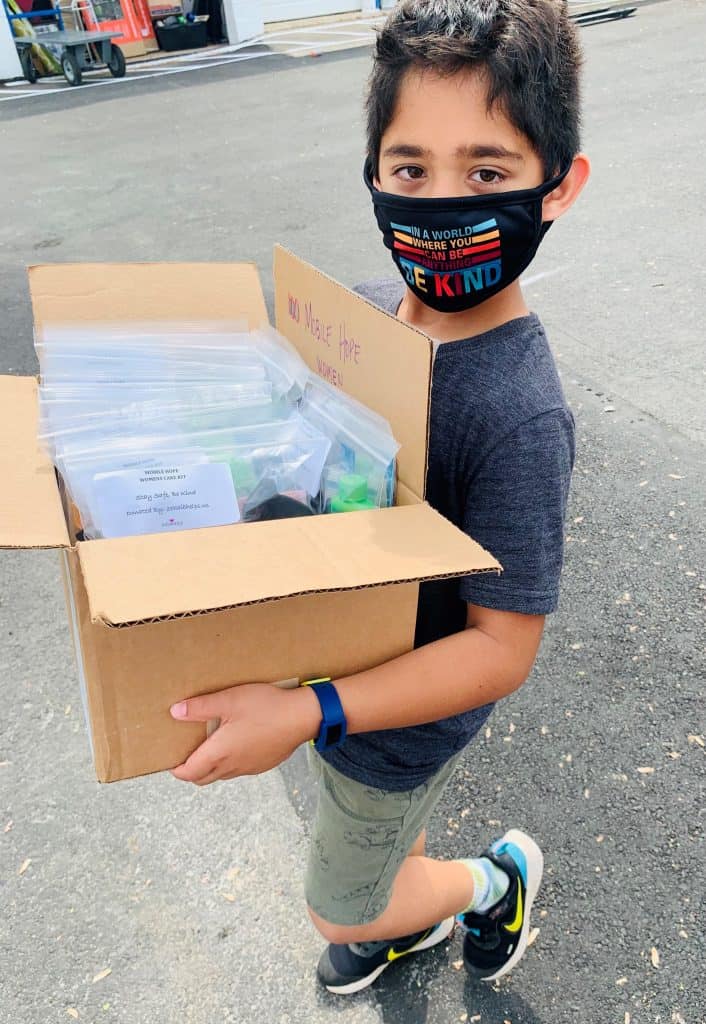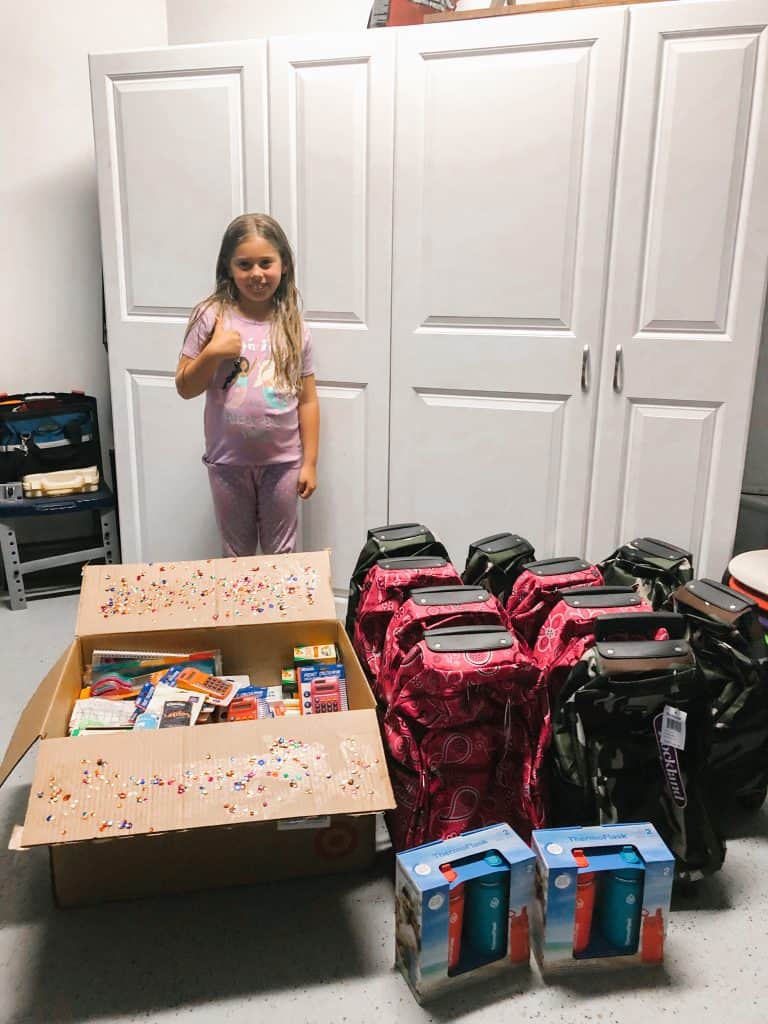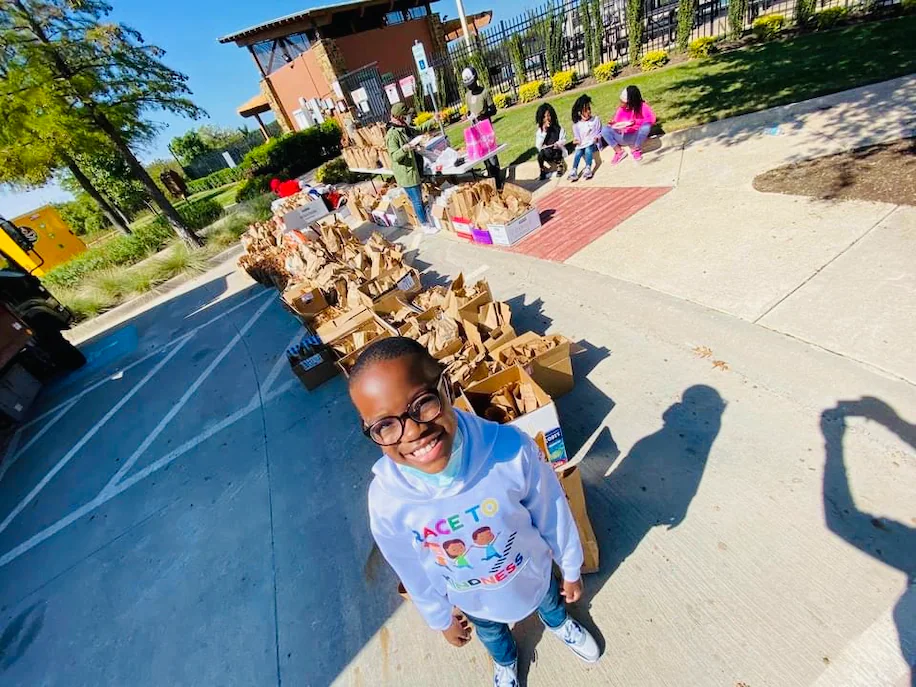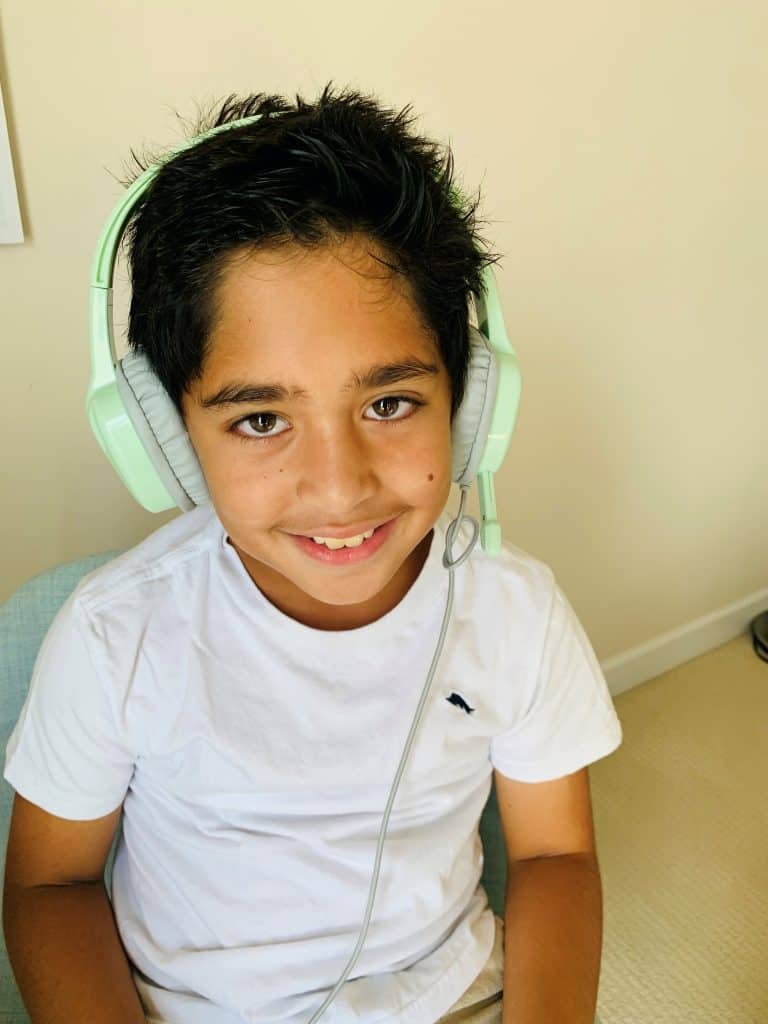How do we encourage young children to grow into upstanders — people who will stand up for what is right and help peers feel safe and welcome?
For the very young, it begins with digging deeply into first noticing the feelings of others, and growing empathy.
For very young children (ages 2-4), the idea of standing up for other people will, at first, be beyond their grasp. Children at this age — by nature — have a very ego-centric view of the world. As they move through the preschool years, they develop the neural connections to be able to see the world from another’s perspective, and understand that others have feelings that may be similar or different from their own.
Raising upstanders begins with growing empathy and cultivating the urge to help when someone else is feeling sad or having other uncomfortable feelings.
At our preschool, social-emotional learning is an integral part of the curriculum. For two year olds, it begins very simply — when navigating conflict, teachers offer simple language, and encourage children to notice how their actions affect their peers.
For example: “Look at Sarah’s face. She looks so sad. She didn’t like it when you pushed. Let’s go get her an ice pack to help her feel better.”
Soon, teachers notice children responding to others in need, offering a friend a tissue, their lovey, or patting their back gently when they notice someone having a hard moment. Even two year olds are familiar with the warm feeling that comes with helping someone else.
The three- and four-year-old students at our preschool spend time actively learning about feelings as a curriculum theme. Group discussions are a way for children to build their own understanding on a theme by using each other as resources.
During a recent feelings study in a 4s classroom, a teacher asked the group at morning meeting: “When someone is feeling sad, how can we help them feel better?”
Children had many ideas:
- Child: “They might need a tissue!”
- Child: “A hug.”
- Teacher: “Mmm. Who else has an idea? How can we help a friend who is sad?”
- Child: “Go find a teacher?”
- Teacher: “A teacher can always help children when they’re feeling sad.”
- Child: “Maybe they miss their mom.”
- Teacher: “Do you think that’s why they’re sad? What do you think would help?”
- Child: “Maybe to see their mom. Or hold their family collage?”
- Teacher: “Ah, yes! Those usually have pictures of grownups from your family.”
- Child: “Sometimes I miss my mama.”
- Child: “Sometimes I miss my grandpa”
- Teacher: “It sounds like a lot of children feel sad when they’re missing their families.”
In this conversation, children were ready with ideas about how to comfort or care for someone. When they found common ground (many children thought about missing their family), the teacher noticed and reinforced the idea that many children can have that same strong feeling.
The teacher recorded children’s ideas with an idea map, including illustrations of different strategies to comfort or help a friend.
